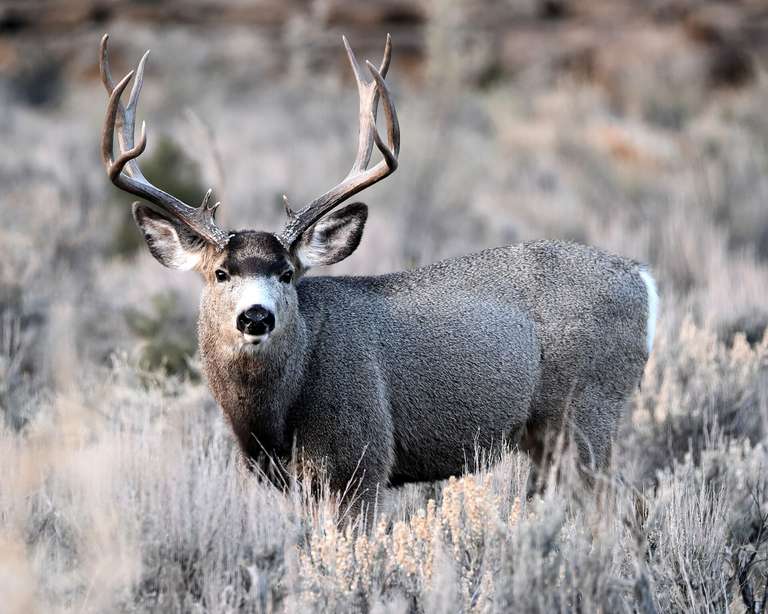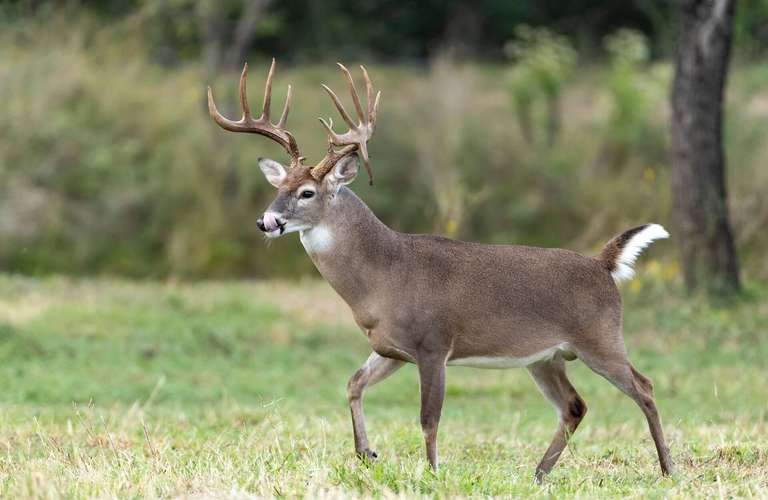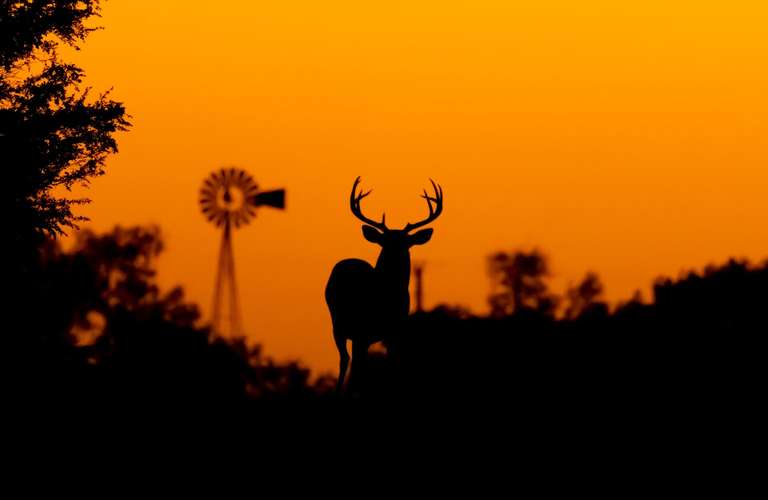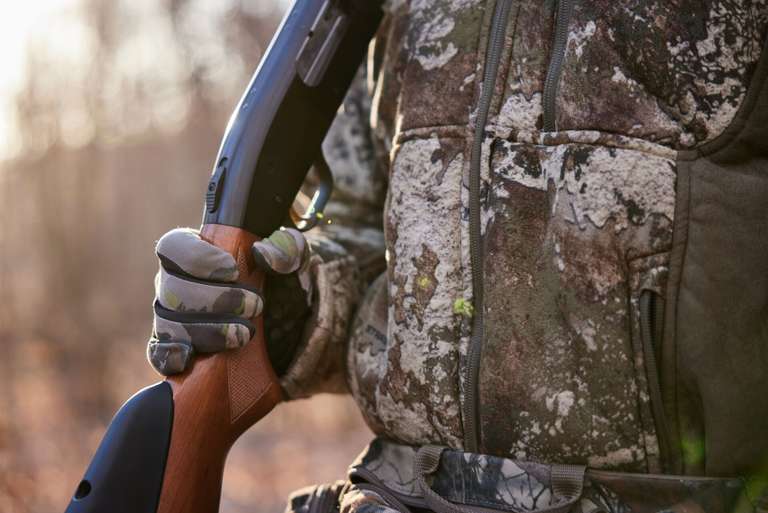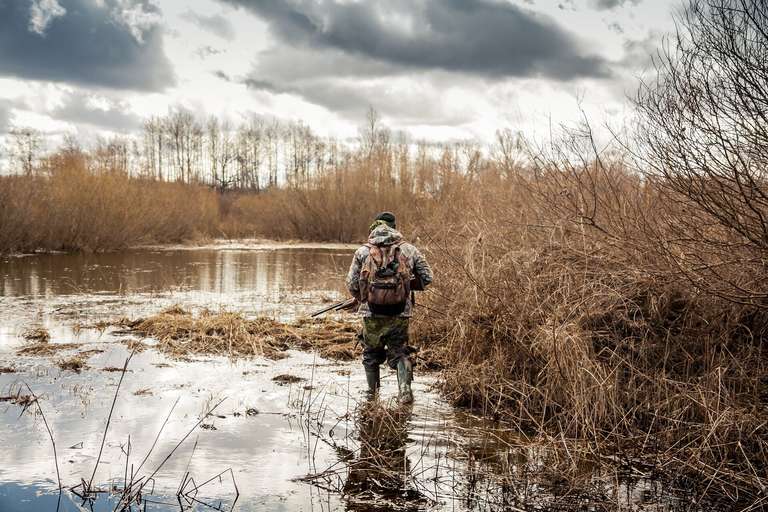Animal Identification: Mule Deer vs Whitetail
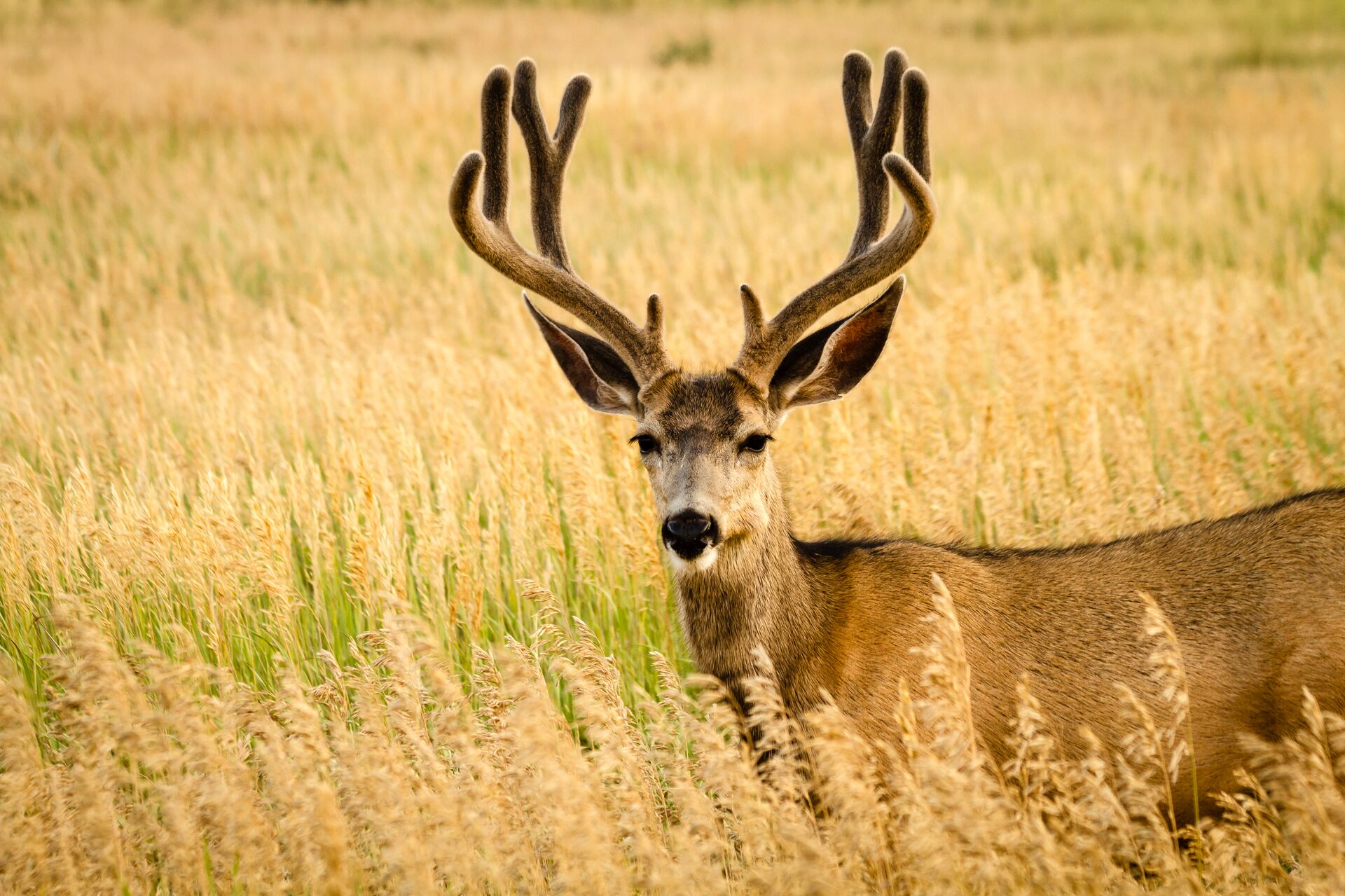
Accurately identifying the game you're hunting can be complicated, but it's integral to being a well-rounded hunter.
Knowing the difference between mule deer vs whitetail deer will help you comply with hunting regulations and avoid breaking the law. Even a veteran hunter can find it tricky to spot the differences, but let's learn a few ways to tell the species apart.
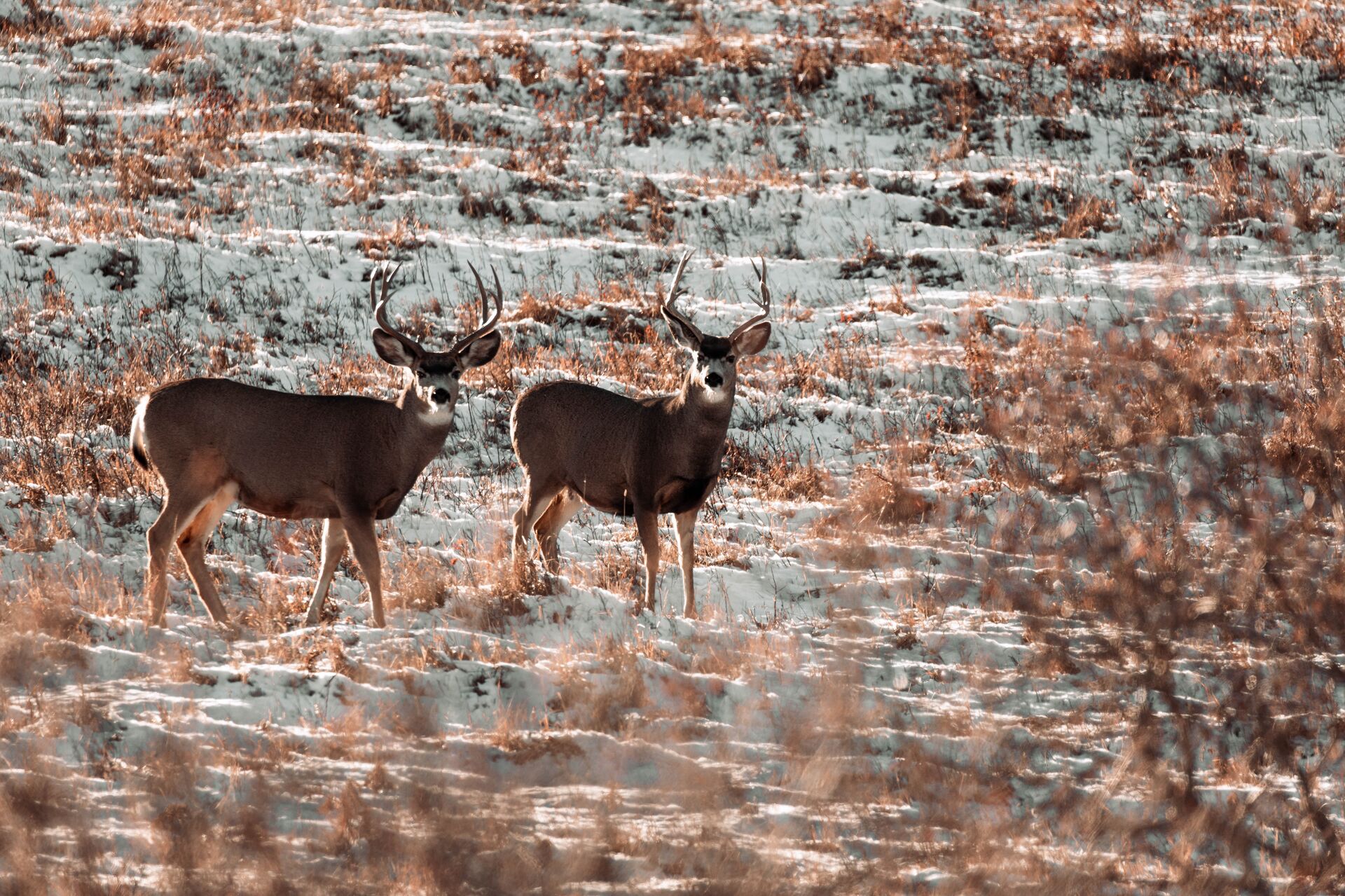
Legal Considerations
First, let's talk about why it's legally important for hunters to identify mule deer and whitetail correctly.
Correct identification of deer species is the only way to ensure you follow all applicable hunting regulations. State and federal authorities will specify which species can be taken and their in-season dates. Proper identification ensures compliance with these regulations, which helps maintain balanced ecosystems and supports conservation efforts.
Be sure you know each of the following before going out:
- Species-Specific Regulations: Hunting laws vary for mule and whitetail deer, including different hunting seasons and bag limits.
- Penalties for Mistakes: Misidentifying your target and hunting the wrong species can lead to fines and legal consequences.
- Conservation Permits: Some areas require special permits for hunting specific deer species to control the population and support conservation programs.
Check the websites of state and federal wildlife agencies for the most up-to-date rules and regulations for your hunting area.
Correct Identification Supports Conservation Efforts
Aside from the legalities, positive identification of the species is the first step in wildlife conservation.
With a positive ID of the animal, hunters can help state and local agencies manage wildlife populations sustainably. Hunters do more than any other group to support conservation programs that protect wildlife habitats and promote biodiversity.
Mule Deer vs Whitetail: Physical Characteristics
Even inexperienced hunters can tell mule deer from whitetails in certain ways. Here are some of the main physical characteristics distinguishing mule deer from whitetail deer.
The Ears
Mule deer have larger ears that are the right size for their head, looking like a mule's ears – hence the name. In contrast, whitetail deer have small, rounded ears that are more in line with their small head size.
The Tail
The animal's tail is one of the most obvious species markers. The tails of these two deer are very different.
Mule deer have a thin, black-tipped tail with a white underside, while whitetail deer boast a lighter, bushier tail with a white underside.
Whitetails deer raise their tails when alarmed to signal danger. Many a hunter has seen a flagging whitetail run away, but mule deer don't alert others in the same way.
Antlers
Antlers are another key distinguishing feature.
Mule deer antlers branch and fork as they grow. Large bucks have antlers with a spread-out, less uniform appearance. On the other hand, whitetail deer antlers have a main beam with points (tines) extending vertically, typically resulting in a more uniform and symmetrical look.
Atypical whitetail racks are prized trophies.
Body Size and Shape
Mule deer are generally bigger and have a stocky, more solid build. Whitetail deer are leaner and more agile, and even the largest whitetail are built less solidly than a big mule deer.
The largest whitetail bucks are around 50 pounds lighter than large mule deer bucks.
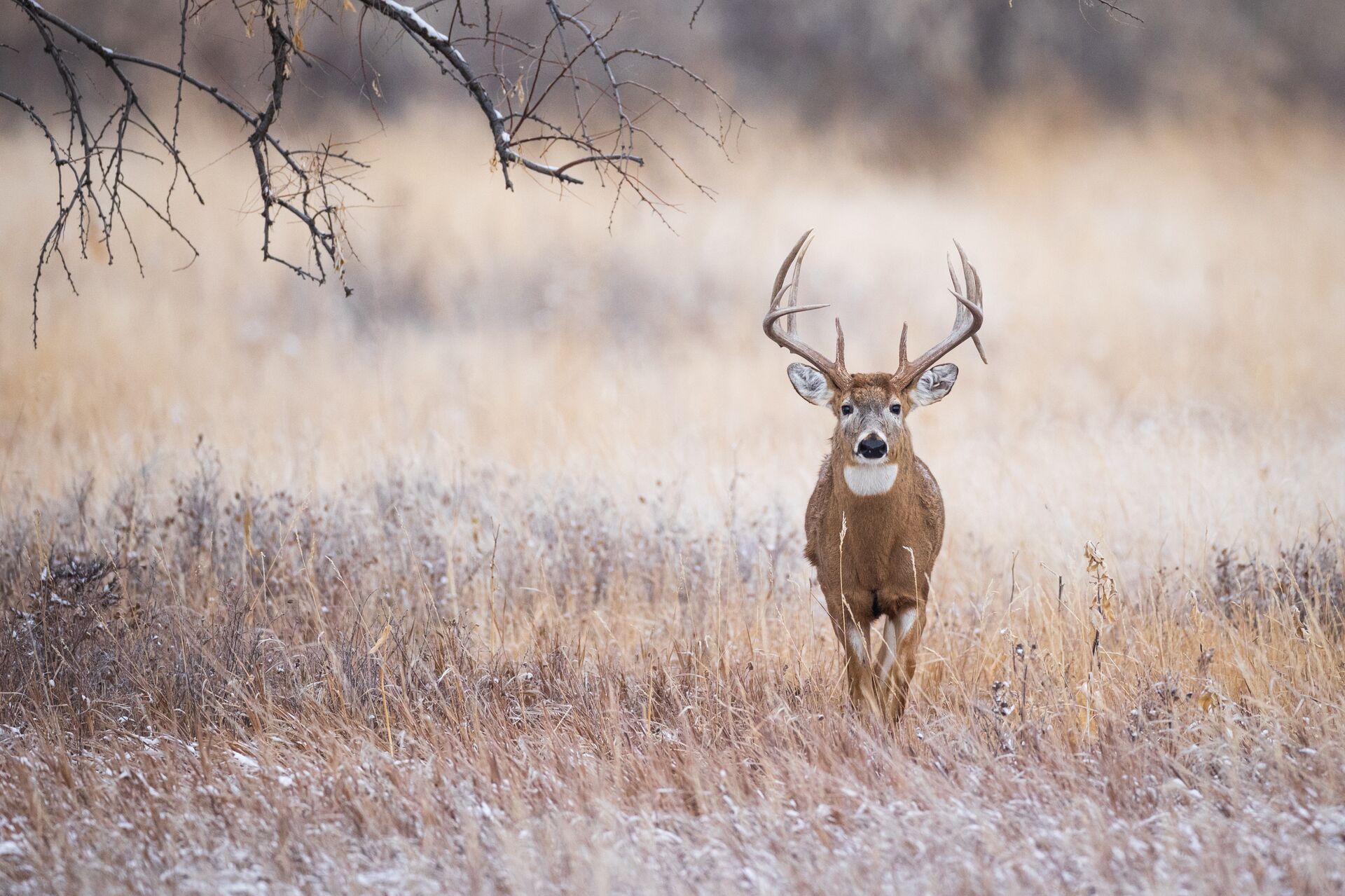
Behavior Differences
Understanding the behavioral differences between mule deer and whitetail deer is also essential for hunters looking to tell the species apart.
Gait
Mule deer are known for their prancing gait, where all four feet leave the ground at the same time. Whitetail deer, in contrast, move with a more fluid and graceful motion, usually running with a full gallop when alarmed.
Habitat
The preferred habitats of these species are a huge clue to which animal you're looking at.
Mule deer live in arid, open terrains like mountains and high deserts, mainly in the western United States. However, whitetail deer are found in a wide array of habitats, including forests, farmlands, and grasslands, primarily in the eastern United States.
While some range overlaps, location is generally a good species marker.
Geographic Range
Understanding the geographic range of mule deer and whitetail is pretty simple. Here are a few differences.
Mule Deer:
- Are found mainly in the western parts of North America.
- Have a range that extends from the Great Plains to the Pacific Coast, covering diverse habitats such as deserts, mountains, and prairies.
- Are present from Mexico to Canada, thriving in varied climates and elevations across these regions.
- Have a much larger individual range than whitetail deer and often migrate over 100 miles yearly.
Whitetail Deer:
- Have a wider distribution across North America compared to mule deer.
- Are predominantly found in the eastern United States, where they inhabit forests, farmlands, swamps, and grasslands.
- Range into parts of Canada and Mexico, even reaching some areas in South America
- Easily adapt well to different environments.
Recognizing these geographic distinctions is essential for hunters wanting to locate and successfully hunt these species.
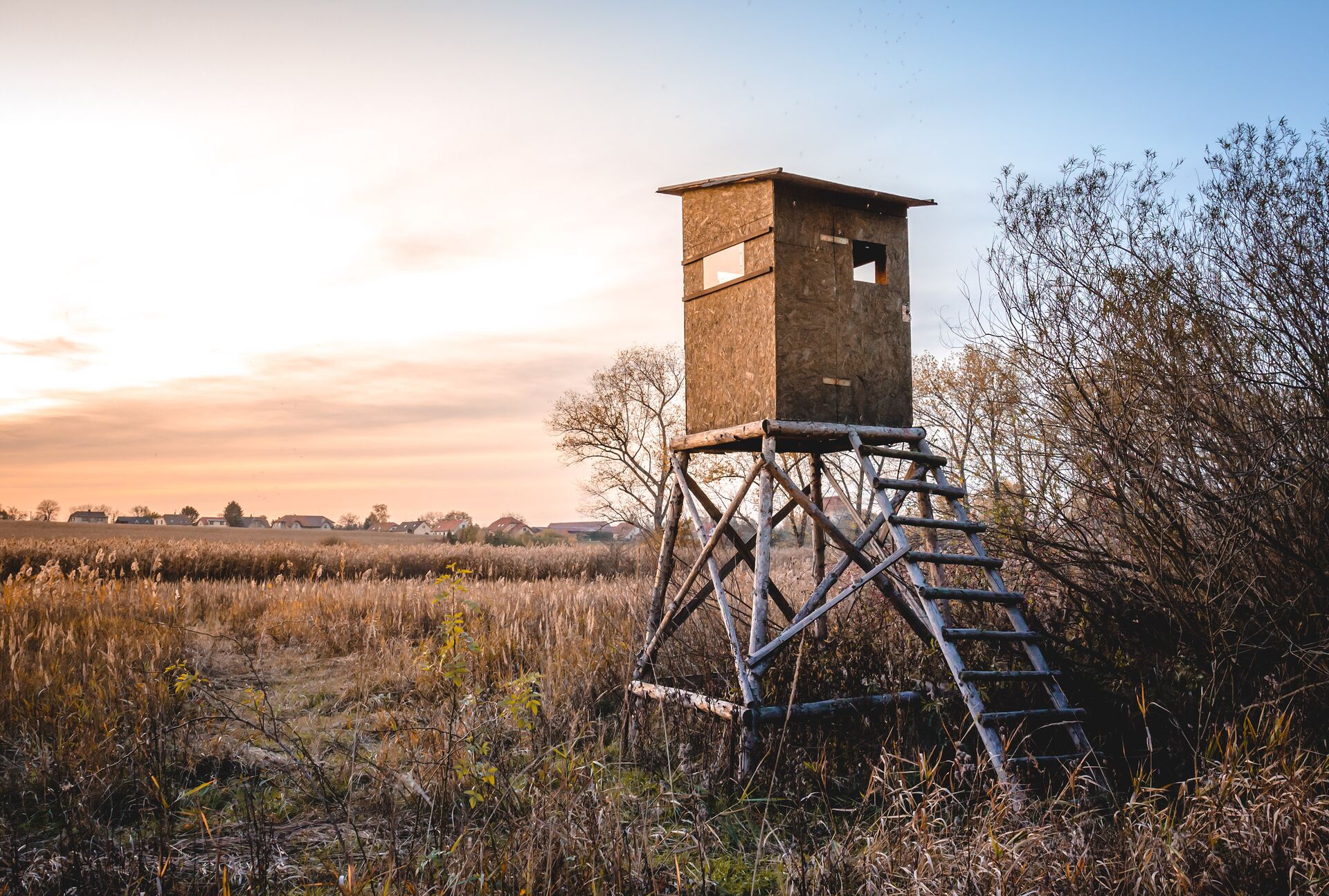
Use the Right Hunting Strategies
Whether you hunt mule deer vs whitetail, applying the right strategies and safety precautions can help you bring home a big buck.
Stalking and Spotting
For mule deer living in open terrains, spotting from a distance with binoculars is an effective hunting strategy.
Muley hunters need to plan for long-range shots and be prepared to stalk their prey over varied landscapes. Unlike mulies, whitetail deer are commonly hunted from tree stands or blinds. This method allows hunters to wait quietly for the deer to come within range, using the deer's predictable movement patterns against it.
Observe Seasonal Behavior
Mule deer exhibit seasonal migration, moving between higher and lower elevations based on the time of year. Understanding these patterns can help hunters anticipate the best locations to find mule deer during different seasons.
Whitetail deer, however, are more sedentary, with movements primarily influenced by food availability and the rutting season. Knowing when and where whitetail deer will likely be in an active rut is the key to successfully hunting big bucks.
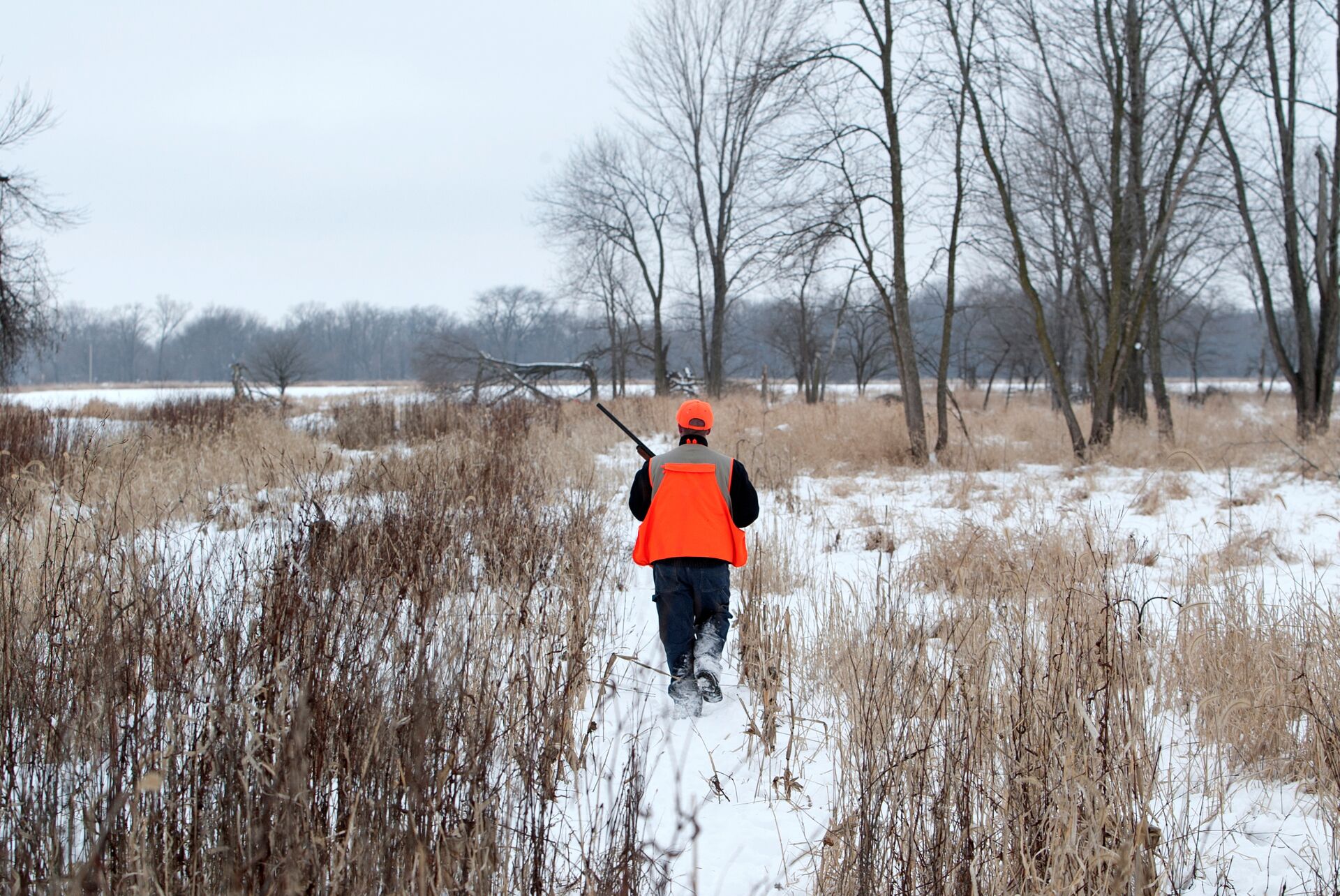
Put Safety First When Hunting Deer This Season
Knowing how to distinguish between mule deer vs whitetail deer is part of being a North American hunter. By understanding their physical characteristics, behaviors, habitats, and geographic ranges, hunters can make informed decisions and obey hunting regulations. Reporting the correct species supports conservation efforts, ensuring that wildlife populations remain balanced and ecosystems thrive.
For those looking to sharpen their hunting skills and attention to safety in the field, we recommend taking a hunter safety course through ilearntohunt. Not only is it crucial to correctly identify the animal you hunt in the field, but it's also essential to stay safe no matter what you hunt.
Our online courses offer comprehensive education on ethical hunting practices, safety protocols, and conservation principles in a fun way that makes learning easy. You'll enjoy a gamified experience that helps you retain crucial safety information you can apply on your next (and every) hunt.
Whether you hunt mule deer or whitetail this season, put safety first! Choose the course for your state and start learning.

